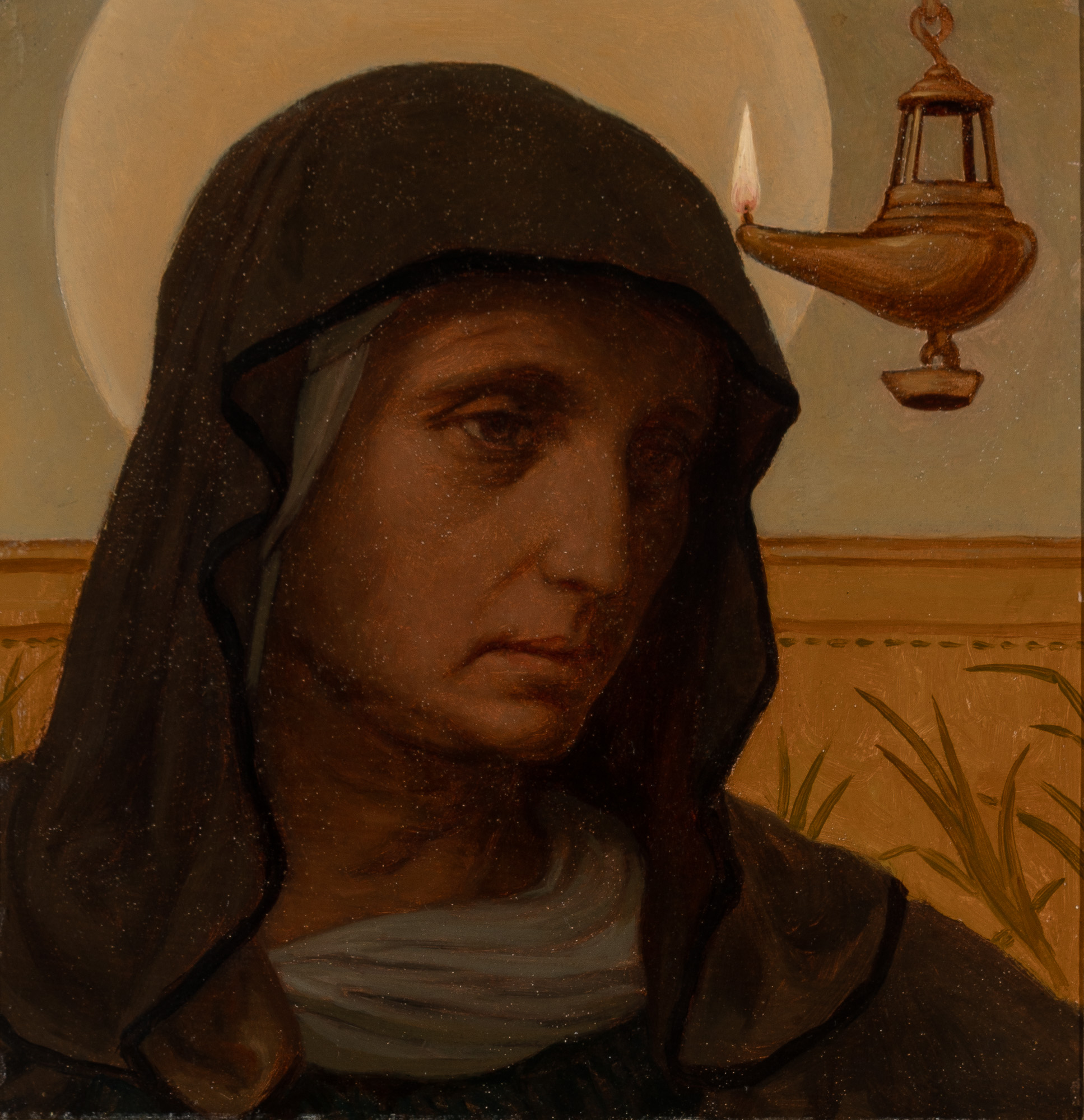
Elihu Vedder
American, 1836-1923
Elihu Vedder remains a singular figure in 19th-century American art, creating a body of work that transcends genre and era. Born in New York City and raised in a spiritually curious household, Vedder’s early exposure to transcendental thought shaped a career defined by introspection. Educated in Paris and Florence, he gravitated toward Italy’s historic traditions, ultimately settling in Rome, where he lived for most of his adult life. These years marked a period of artistic transformation, as Vedder developed a visual language drawing from Renaissance classicism, Eastern philosophies, and Symbolist ideas. His early ties to the Pre-Raphaelites and Romanticism evolved into a visionary style that anticipated aspects of Surrealism.
National acclaim came through his illustrations for the 1884 edition of Edward FitzGerald’s Rubáiyát of Omar Khayyám. These drawings remain icons of American book illustration and are held in major institutional collections. A member of the National Academy of Design and a prominent exhibitor at the 1876 Centennial Exposition, Vedder bridged American academic circles and the European avant-garde. His work is housed in the Smithsonian American Art Museum, the National Gallery of Art, The Met, and the Harvard Art Museums, among others.
Collectors are drawn to Vedder’s spiritual depth, literary resonance, and distinctive compositions—qualities that place him firmly within the American Renaissance while aligning him with the broader legacy of European Symbolism.





